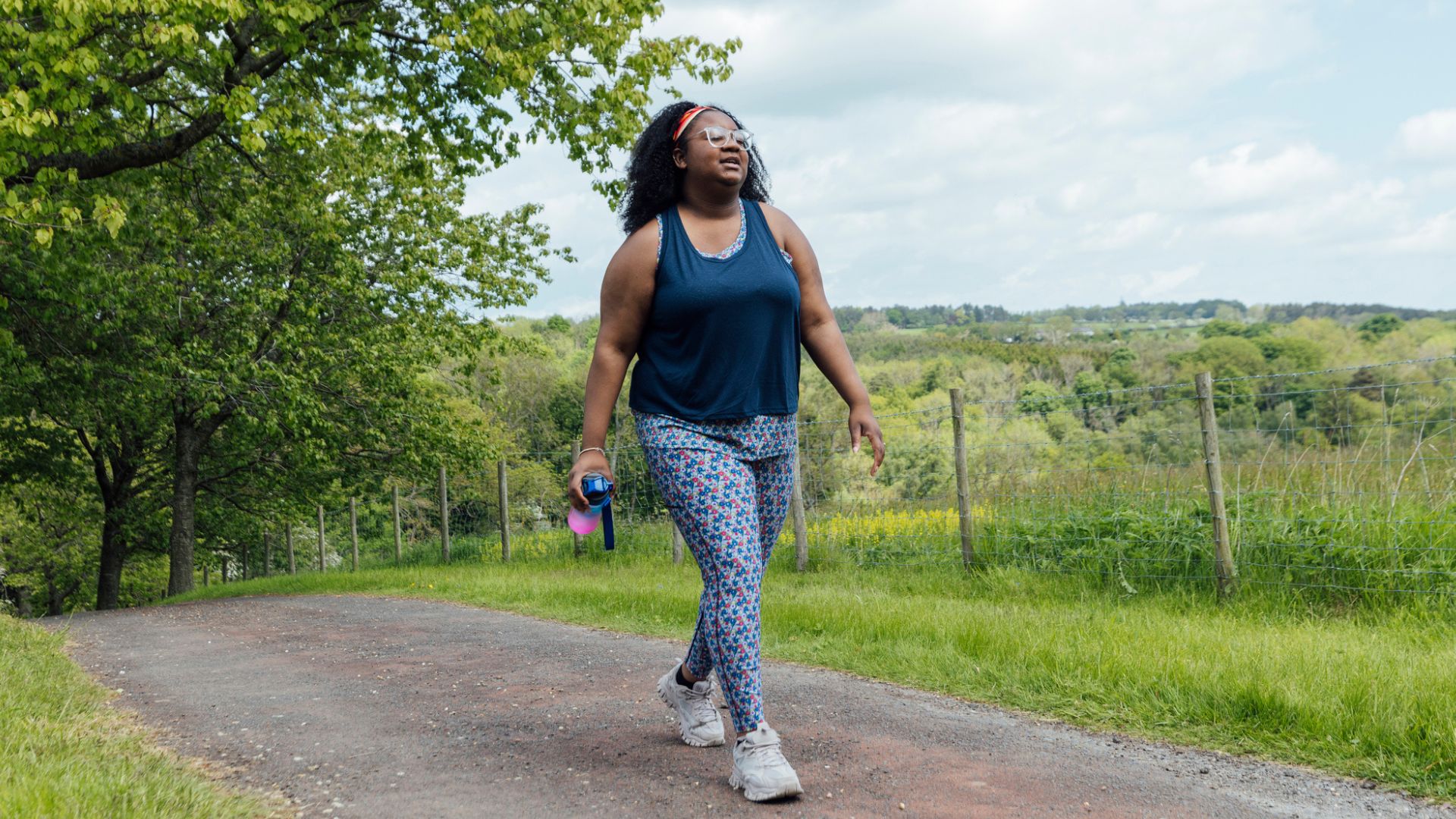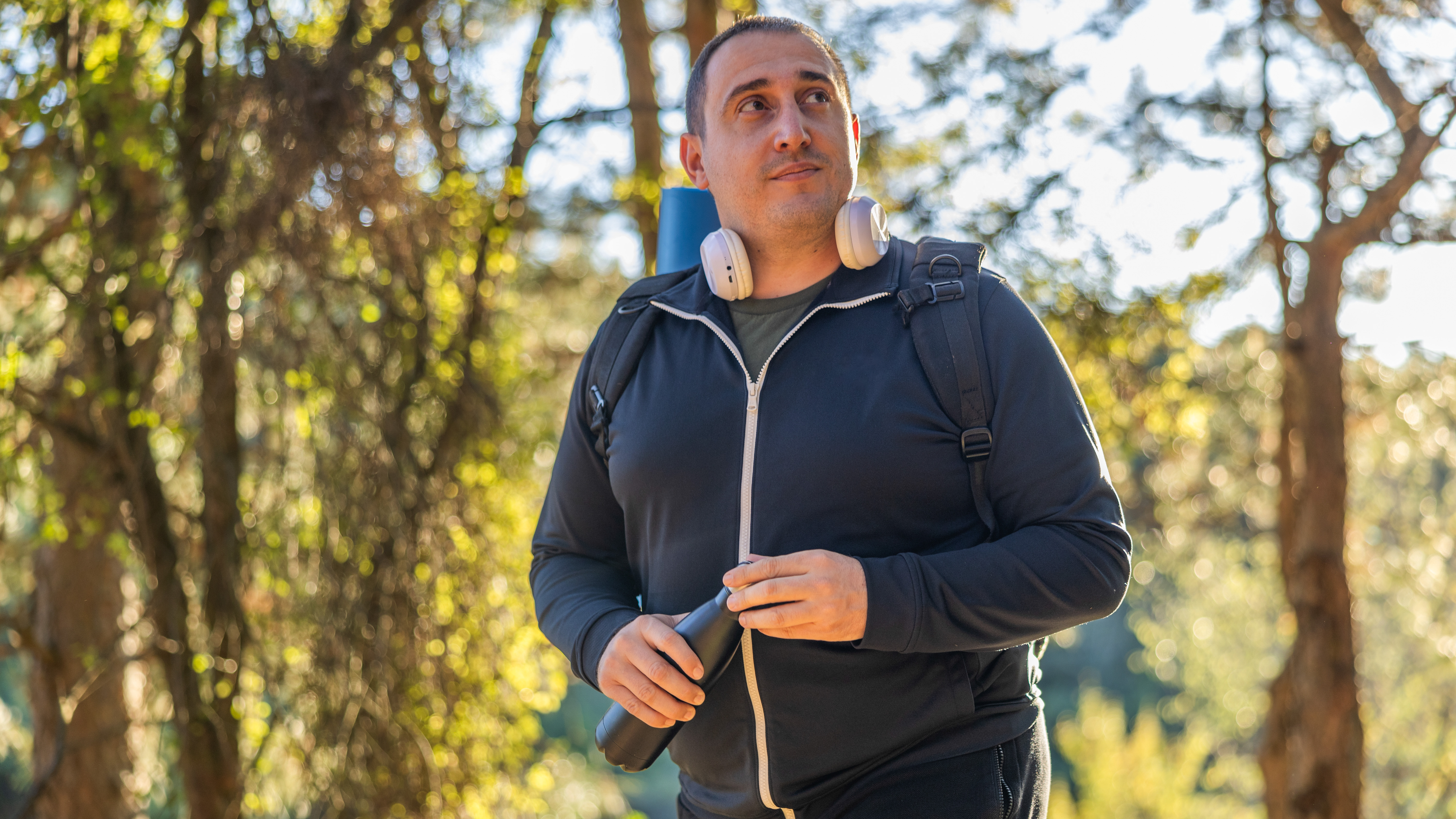
If you struggle to reach your daily movement goal or you’re too busy for regular walks, the trending 666 walking challenge could help you hit your target.
It involves doing a six-minute warm-up, walking for 60 minutes, then doing a six-minute cool-down.
You do this at 6am or 6pm, depending on your schedule—and according to walking coach Joyce Shulman, it's a great way to experience the many benefits of walking.
When should you do the 666 walking challenge?
You can walk at either 6am or 6pm—or both times if you like—but Shulman says there are some big benefits to morning strolls.
“Walking first thing in the morning is really good to help set your circadian rhythm,” says Shulman, which she explains can promote better sleep.
“Research also tells us that people who typically exercise first thing in the morning are more likely to stick to their routine.”
So if you're struggling to be consistent with exercise, morning walks can help.

Movement is also great for cognitive function, so it's good to do your walk before you sit down to start your working day.
But don't worry if you can only squeeze in a walk at 6pm, as that offers its own benefits.
“An evening walk helps move digestion along, and reduces bloating,” Shulman says.
“For some people, but not all, it can help them sleep better that night. So, this idea of bookending your day with a walk is brilliant.”
Personally, I walk both before and after work to shift myself from one part of my day to the next.
I allow the movement and time in nature to soothe my mind, so I'm ready for the next task—a helpful way to mentally shift gears.
How many steps will you take in 60 minutes?
Your stride length and pace will impact your 60 minute step count, so this will vary from person to person.
For me, a 60-minute walk tends to be about 5,500 to 6,000 steps, which gets me pretty close to a 10,000-step target.
What's the benefit of warming up before exercise?
You're supposed to spend six minutes warming up, and six minutes cooling down, for this walking challenge.
You can do any kind of movement you like for these periods (such as these dynamic stretches) but you can also simply slow your usual walking speed to a more leisurely pace.

Warmups and cooldowns allow your body to adjust to the change in activity level, which can improve your muscle flexibility, lubricate joints and potentially prevent post-exercise soreness. If you're in significant discomfort after walks, Shulman advises using topical pain relief like Aspercreme to dull pain and soreness.
While walking isn’t generally considered to be intense exercise, I find these periods are also helpful for getting you in the right frame of mind for the gentle workout.







